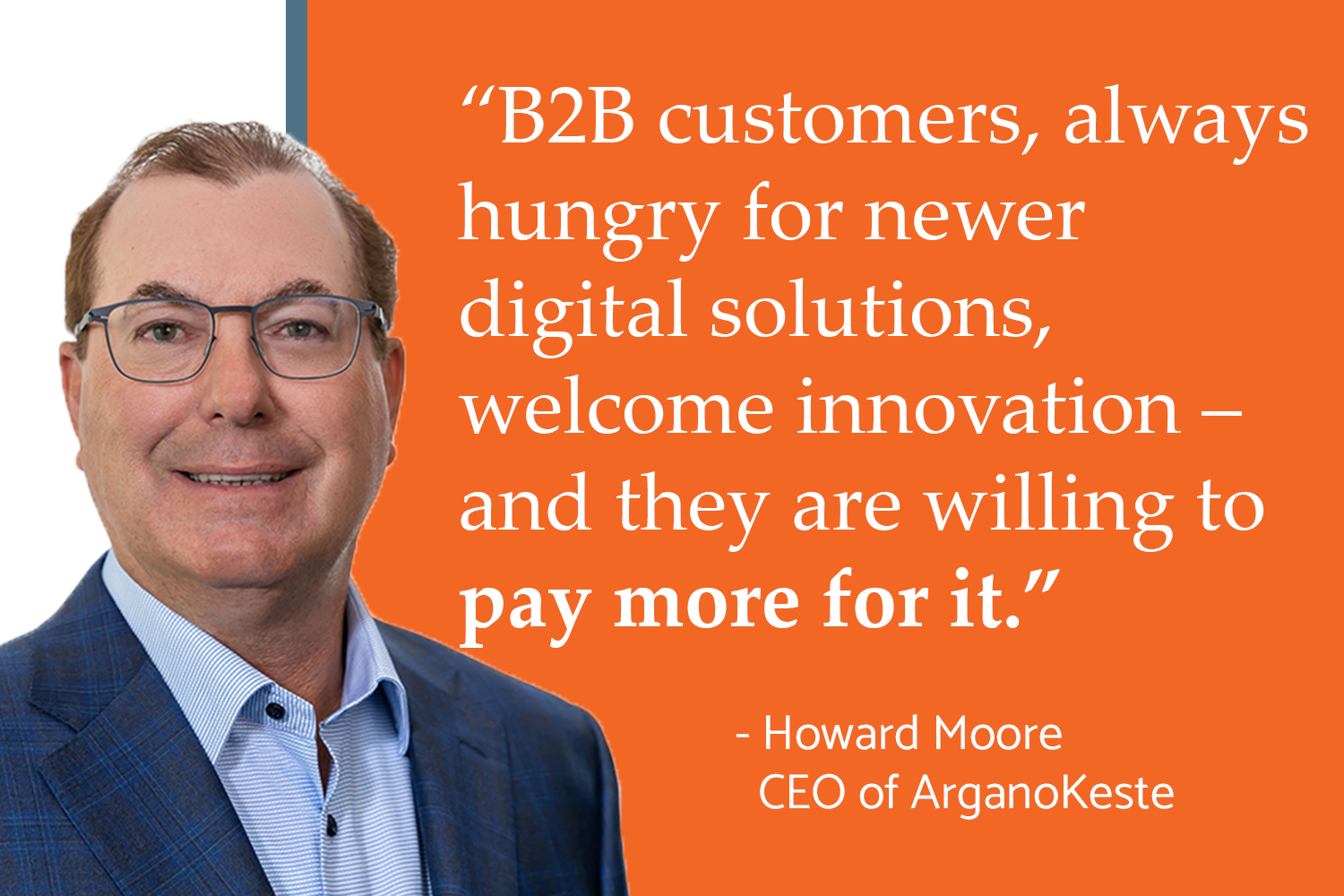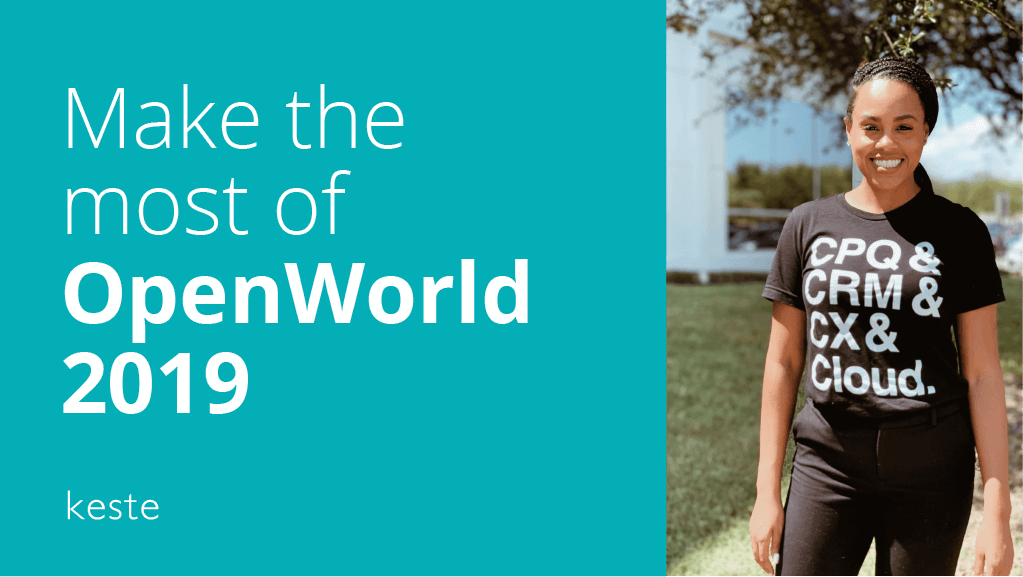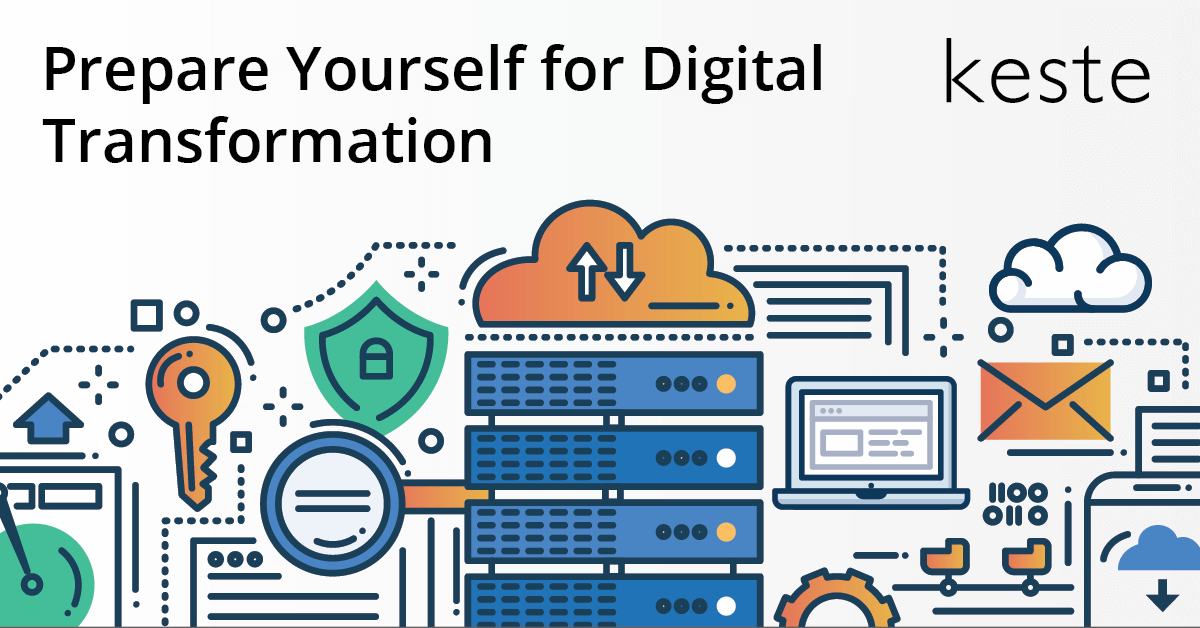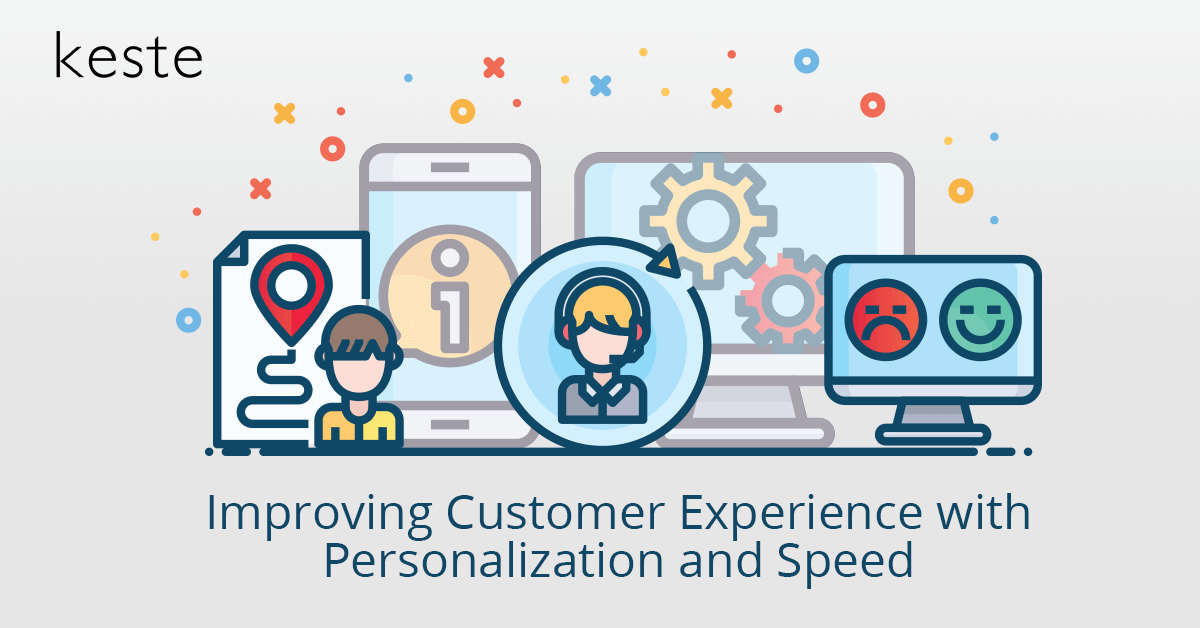If you follow the IT industry even a little bit, you’ve probably seen a new term popping up increasingly often: multi-cloud. The analysts have been talking about it for a while. This year, the press jumped on the bandwagon. Vendors are hot on their heels, positioning their offerings as a critical part of your multi-cloud strategy.
Some of this is the inevitable hype cycle. Some, however, is a reflection of a very real shift in how organizations are thinking about and implementing cloud computing technology. Whether you’re just transitioning from a traditional infrastructure to a hybrid cloud model or are already running your workloads on a variety of clouds, the future does not include one cloud to rule them all.
In fact, the multi-cloud “future” is already here. According to Forbes, 85% of enterprises have a multi-cloud strategy, using eight different clouds on average. A different study from Microsoft and 451 Research early in 2017 found that nearly a third of organizations work with four or more cloud vendors. Whichever stats you choose to believe, the writing’s on the wall.
The return to a best-of-breed approach
What does this look like in practice? In short, a return to best-of-breed. Organizations have come to the (correct) conclusion that they can’t get everything from one supplier, and that even if they could, it is more beneficial and cost-effective to put together a custom, integrated solution. Our clients are running Oracle as their ERP, Salesforce for CRM, Workday for HR, and many more specialty apps across the company in unique and endlessly customized combinations.
This is one of those pendulums that swings back and forth in the IT industry. We’ve all seen it happen: everyone moves to consolidate vendors and platforms to make life easier, then ten years later, when that didn’t work, we’re back to a point-solution approach – rinse and repeat.
The latest incarnation of the best-of-breed approach, however, is different. Attempting to connect all of the required moving pieces used to be a disaster. The integration products and connectivity capabilities weren’t mature enough to make a truly integrated best-of-breed strategy successful. Cloud changed that. The world is now flat and software is commoditized. We consume everything as a service and can get the best combination of feature/functionality for our business at the best price.
Which brings us back to multi-cloud. You’re now running X number of cloud apps to meet your various business needs in the most productive, affordable way. Integrations and connectivity have caught up, so it’s not only possible to connect them all, it’s a necessity. And that’s where it gets messy.
How to navigate your multi-cloud environment
Each of your clouds (and your on-prem applications – there will still be things left in the data center) needs to communicate with the rest so that your infrastructure works seamlessly, securely, and with optimal performance. You need to be able to mix-and-match the components of your ecosystem with agility and flexibility, including adding and subtracting pieces with relative ease. Shadow IT must be reined in and incorporated into the rest of the system. And all of this must occur with an exacting focus on both empowering the business and ensuring the security, availability, scalability, and performance of your systems.
Easier said than done, right?
That’s where we come in. At Keste, we understand the landscape of multi-cloud options and can help you not only choose the best building blocks for your strategy, but help you integrate them efficiently and effectively. We are historically an Oracle shop, and that expertise runs deep, but we can and do integrate anything with anything. From our partners Oracle and Salesforce to the big guys like Amazon and Microsoft to the perfect SaaS startup solution for your organization, we bring perspective and competitive intelligence to your multi-cloud environment.
In the coming weeks on this blog, we will focus on the critical components of a multi-cloud strategy – what they are, why they matter, and how to implement them. We’ll take a deep dive into topics including:
- Integration: the nuts, bolts, pipes, and wires that connect your hybrid infrastructure.
- Infrastructure: how to define, optimize, and automate all the pieces of the puzzle.
- Security: strategies for securing your hybrid/multi-cloud environment.
- Architecture: the importance of a conceptual, big-picture plan.
- Cost: making the most of the economics of cloud.
- Management & Monitoring: what it takes to maintain a hybrid/multi-cloud ecosystem.
- Vendor Management: best practices for managing your supplier relationships.
- UX: how to create usable business systems on top of your complex infrastructure.
- Analytics: techniques for consolidating, managing, and benefiting from your data.
- Disaster Recovery: ensuring business continuity in a multi-cloud world.
Multi-cloud has arrived, and we’re excited about helping businesses usher it in. Get in touch to discuss how we can help navigate your multi-cloud strategy.








